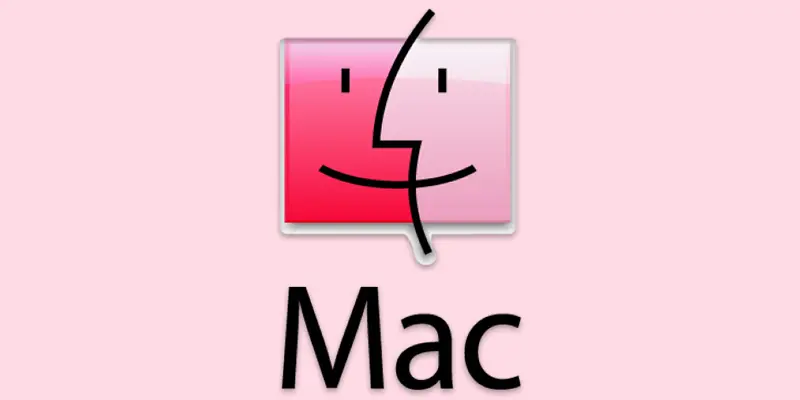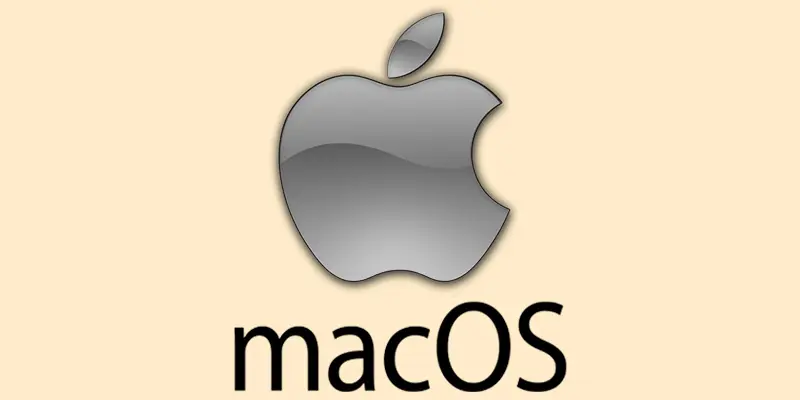What is MacOS, History, Versions, Features and Uses
Published: 27 Jan 2025
What is MacOS?
MacOS is the operating system that powers all Apple computers, including MacBook and iMacs, known for its user-friendly interface and strong security features. But what exactly is macOS, and why is it so popular? If you’re tired of dealing with slow and complicated systems, macOS offers a faster, more streamlined experience that makes computing easier. Imagine a system that just works seamlessly across all your Apple devices macOS is designed to make your digital life simpler and more efficient.
History of macOS
Did you know that macOS was first introduced in 2001 as OS X, completely changing the way Apple computers worked? Built on a Unix foundation, it brought stability, security, and a fresh new interface to users. This was a huge step for Apple, and today, macOS continues to impress with its smooth performance and seamless integration across all Apple devices. Let’s dive into why macOS is so special and how it has evolved over time.

macOS of Versions
macOS has evolved through numerous versions, each introducing innovative features and enhanced performance to meet modern user needs.
- OS X (2001–2012) for Mac
- Cheetah, Mac OS X 10.0 (2001)
- Puma Mac OS X 10.1 (2001)
- Jaguar (2002), Mac OS X 10.2
- Panther, Mac OS X 10.3 (2003)
- Tiger (Mac OS X 10.4) (2005)
- Leopard, Mac OS X 10.5 (2007)
- Snow Leopard, Mac OS X 10.6 (2009)
- Lion, Mac OS X 10.7 (2011)
- Mountain Lion, Mac OS X 10.8 (2012)
- 2. OS X (2012–2016)
- Mavericks, OS X 10.9 (2013)
- Yosemite OS X 10.10 (2014)
- El Capitan, OS X 10.11 (2015)
- 3. Since 2016, macOS
- High Sierra on macOS 10.13 (2017) and Sierra (2016) on macOS 10.12
- Mojave (2018) running on macOS 10.14 and macOS 10.15 in 2019 Big Sur Catalina on macOS 11 (2020)
- Marked a major shift with a redesigned interface and support for Apple Silicon.
- macOS 12 Monterey (2021)
- Introduced features like Universal Control and Focus Mode.
- macOS 13 Ventura (2022)
- introduced the continuity camera and stage manager.
- Sonoma on macOS 14 (2023)
- Safari Profiles, better gameplay, and enhanced widgets.
Features of macOS
- User-Friendly Interface:
- Spotlight Search:
- Built-in Apps:
- Continuity Features:
- Security:
- Multitasking:
- Customization:
User-Friendly Interface
- macOS has a simple, intuitive layout that makes it simple for users to navigate and finish activities.
- Example: The Dock allows quick access to your favorite apps, while Finder organizes your files into simple categories like Documents and Downloads.
Spotlight Search
- Spotlight is a built-in macOS tool that helps you quickly find files, apps, or information on your Mac and the web.
- Example: Press Command + Space, type a file name or question, and Spotlight instantly shows relevant results, including definitions or calculations.
Built-in Apps
- macOS includes pre-installed apps designed for productivity, creativity, and everyday use, offering seamless functionality without additional downloads.
- Example: Use Safari for fast, secure browsing or Photos to organize, edit, and share your pictures effortlessly.
Continuity Features
- Continuity allows seamless integration between macOS and other Apple devices, making tasks effortless across your Apple ecosystem.
- Example: Start an email on your Mac and finish it on your iPhone using Handoff, or use AirDrop to quickly transfer a file between your Mac and iPhone.

Security
- macOS includes advanced security features to protect your data and privacy, ensuring a safe user experience.
- Example: Gatekeeper prevents unauthorized apps from running, while FileVault encrypts your data, keeping it secure in case your Mac is lost or stolen.
Multitasking
- macOS offers tools that make it easy to manage multiple tasks and apps at once, improving productivity.
- Example: Use Split View to work in two apps side by side, or use Mission Control to view all open windows and arrange them into separate desktops.
Customization
macOS allows you to personalize your system’s appearance and settings to suit your preferences.Example: Switch to Dark Mode for a sleek look, or adjust Trackpad settings to control gestures for a smoother navigation experience.
Uses of macOS
macOS is used for various purposes, from personal tasks to professional work. It’s great for productivity, allowing you to manage emails, calendars, and documents easily. For creative work, it supports apps like GarageBand and Final Cut Pro for music and video editing. It’s also secure for browsing and managing files, and integrates well with other Apple devices, making it a perfect choice for both home and work environments.
Devices Compatible with macOS
macOS powers a variety of Apple devices, including the MacBook Air, MacBook Pro, iMac, Mac Mini, and Mac Pro, offering a seamless experience across these gadgets ; they are all made to function seamlessly with macOS to accommodate a range of requirements and tastes.
- MacBook Air –The MacBook Air is a slim, lightweight laptop perfect for everyday tasks like browsing, working, and streaming, offering great performance on the go.
- MacBook Pro –The MacBook Pro is a powerful laptop designed for professionals, ideal for tasks like video editing, coding, and graphic design, with high performance and a stunning display.
- iMac –.The iMac is an all-in-one desktop with a sleek design, offering powerful performance for work, creativity, and entertainment right out of the box.
- Mac Mini – The Mac Mini is a small, compact desktop that offers strong performance and can be connected to any monitor, keyboard, and mouse of your choice.
- Mac Pro – The Mac Pro is a powerful desktop computer made for professionals that require strong processing power for heavy data processing, 3D rendering, and video editing.
Conclusion- About macos versions
macOS offers many powerful features to help you stay productive, creative, and organized. Whether you’re using it for work, school, or personal tasks, macOS makes everything simpler and more efficient. So, don’t hesitate to explore all its tools and features—you might just discover something new that makes your day easier. Keep learning and enjoy your journey with macOS

FAQS macos
Mac Miller was born in Pittsburgh, Pennsylvania. He grew up there before moving to California. His music was influenced by his experiences growing up in Pittsburgh.
On macOS, use Command + Option + Escape to force an app to quit. The “Force Quit Applications” window will open as a result. Click Force Quit after selecting the app you wish to terminate.
macOS is often considered better for its simple, user-friendly interface and seamless integration with other Apple devices. It also tends to be more secure and stable than Windows. Many creative professionals prefer it for tasks like video editing and design.
macOS can read NTFS drives but cannot write to them without additional software. You can use third-party apps to enable full NTFS support. Alternatively, reformatting the drive to a compatible format like exFAT will allow full read and write access.
macOS Sonoma was released in September 2023. It brought several new features and improvements, such as updated widgets and a more customizable lock screen. You can download it through the Mac App Store if your device supports it.
macOS Ventura was developed by Apple Inc. It was introduced at the Apple Worldwide Developers Conference (WWDC) in June 2022. The Ventura version brought many useful updates, like Stage Manager for multitasking.
macOS versions are different updates of Apple’s operating system for Mac computers. Each version introduces new features, security updates, and design changes. Some recent versions include macOS Monterey, Big Sur, and macOS Ventura.
On macOS, press Command + Shift + 4 to snap a screenshot. This will enable you to choose the region of the screen to record. Alternatively, to capture the full screen, press Command + Shift + 3.

- Be Respectful
- Stay Relevant
- Stay Positive
- True Feedback
- Encourage Discussion
- Avoid Spamming
- No Fake News
- Don't Copy-Paste
- No Personal Attacks

- Be Respectful
- Stay Relevant
- Stay Positive
- True Feedback
- Encourage Discussion
- Avoid Spamming
- No Fake News
- Don't Copy-Paste
- No Personal Attacks





